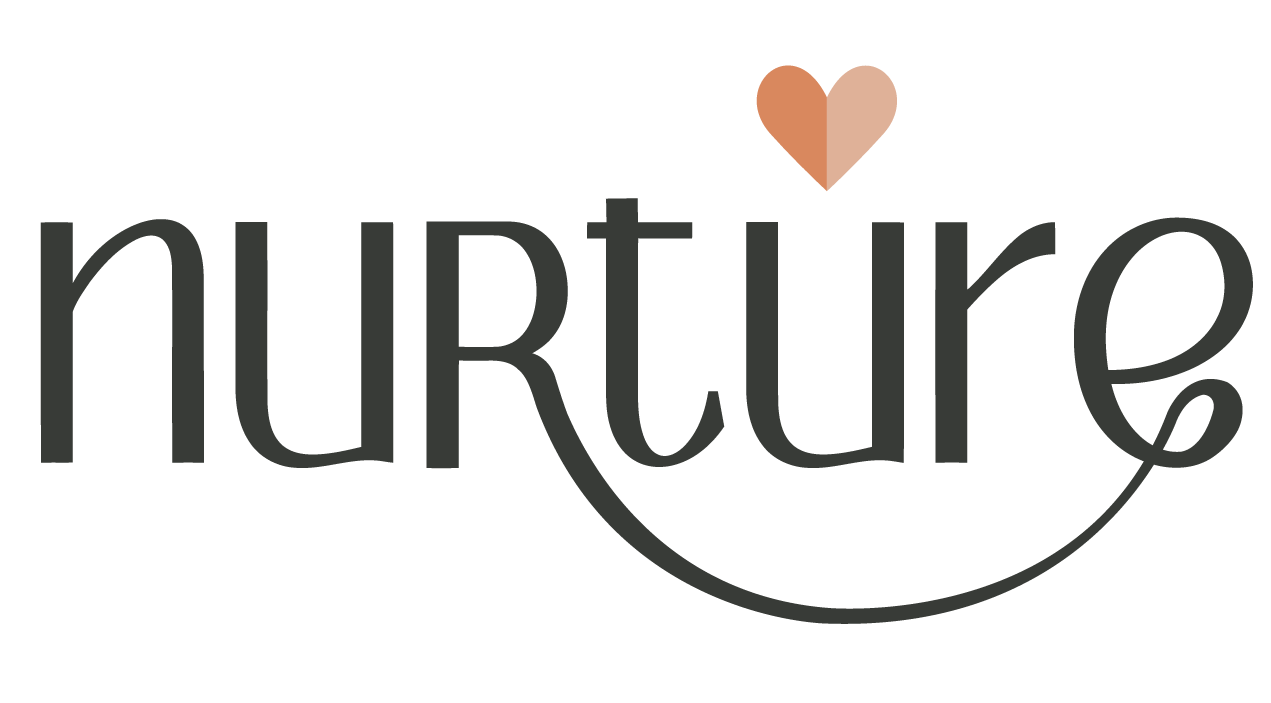Sleeping for Healing: Beyond the Headlines
When Today’s Parent reached out to me about sleep positions after giving birth, I was thrilled to share one of my favorite pieces of practical postpartum advice: side-lying sleep. It’s a simple shift that reduces pressure on healing tissues, supports circulation, and helps new parents find relief.
Why Sleep Position Matters
Sleep in postpartum isn’t just about comfort — it’s about recovery. The way you position your body at night affects:
Blood flow to healing tissues and organs.
Pelvic floor and abdominal repair, giving muscles and connective tissue the chance to rest.
Nervous system regulation, which supports hormone balance, mood, and milk production.
Your body just completed one of the most demanding experiences it will ever go through. Giving it the right angles and alignment can speed healing and make limited sleep more restorative.
It’s About More Than Position
But here’s the truth: no position can make up for a chaotic or unsupportive sleep environment. Postpartum healing thrives when position is paired with:
A quiet, darkened room that cues the nervous system to relax.
Gentle routines — breathing exercises, stretches, or simply winding down with a calm ritual.
Support systems that protect rest, whether that’s a doula, a partner, or family taking shifts.
When we meet with clients after birth, we don’t just talk about which side to sleep on. We talk about creating a space that allows their body to drop into rest more easily, even if sleep only comes in two-hour stretches.
Stories From Practice
I’ll never forget one client who came to me weeks after birth, exhausted and convinced she wasn’t healing “fast enough.” With a cesarean incision and round-the-clock feeds, she couldn’t find comfort in bed. Together, we tried new side-lying props and a semi-reclined position with extra pillows for abdominal support. Within days she reported less pain, more energy, and — just as importantly — hope.
Stories like hers remind me that small adjustments make big differences. Sometimes what we need isn’t more time, but a better way to use the time we have.
When Sleep Isn’t Enough
Of course, positioning and environment aren’t magic wands. If pain persists, if anxiety makes sleep impossible, or if exhaustion feels crushing, it’s important to reach out for help. Postpartum recovery is a team effort — doulas, physical therapists, mental health professionals, and medical providers each play a role.
Final Thoughts
Postpartum sleep is fragile, precious, and deeply tied to healing. As I said in Today’s Parent: side-lying is a wonderful place to start. But healing is more than a single position — it’s an ecosystem of care, rest, and support.
If you’d like more practical tips, sign up for my monthly newsletter or connect with me to explore how Nurture care can support your recovery. And if you haven’t read the original Today’s Parent article, you can find it here.
By your side,

